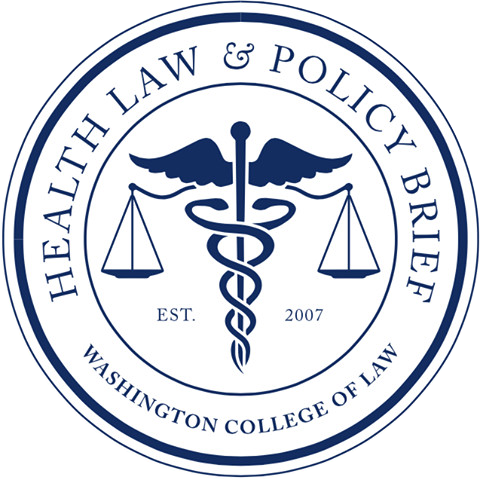Practitioners are wondering whether the robust role of the federal government in healthcare fraud and abuse cases will remain the same. In Fiscal Year (FY) 2016, the federal government recovered over $3.3 billion as a result of health care fraud judgments, settlements and additional imposition in health care fraud cases and proceedings. Additionally, in June 2016, the Medicare Fraud Strike Force engaged in a nationwide healthcare fraud takedown that resulted in charges against about 300 individuals that include doctors, nurses and other licensed medical professionals. Rooting out fraud and abuse in healthcare has been a goal of every administration since President Ronald Reagan.
On October 27, 1986, President Reagan signed the False Claims Amendments Act of 1986, which soon became a successful anti-fraud law to deter and fight waste, fraud and abuse in the healthcare field. What makes the False Claims Act (FCA) an important tool to fight any malfeasance in the healthcare system is the qui tam provision that allows whistleblowers to expose fraud against federal government. In 2010, the Patient Protection and Affordable Care Act (ACA) amended portion of the FCA and some of those changes are considered by practitioners to have increased the number of healthcare-related FCA cases. It is undisputed that the FCA allows government to recover billions of dollars, however, the FCA defense bar is awaiting to see if there would be any change to the FCA related provision in ACA. During the confirmation hearing of Attorney General Jeff Sessions, when Senator Charles Grassley asked him to elaborate his intent regarding the FCA, Attorney General Sessions stated, “in the qui tam provisions and the part of that, I’m aware of those. I think they are valid and an effective method of rooting out fraud and abuse. I even filed one myself one time as a private lawyer….” At this point this testimony only serves as a mere reverence for FCA, which is not necessarily a clear indication what will be the effect of qui tam healthcare lawsuits or overall healthcare fraud and abuse enforcement during the Trump Administration.
There are two early signs that are leaning towards the continuity of a vigorous fraud and abuse enforcement. First, the budget that has been released by the Trump White House requested additional $70 million to fund for the Healthcare Fraud and Abuse Control program. Trump’s proposed budget plan envisioned a whopping budget cut for the Department of Health and Human Service, but the additional request of fund for fraud prevention is likely an early sign of continuity of the robust fraud and abuse enforcement. Second, recently the Department of Justice has joined a whistleblower lawsuit, United States of America ex rel Benjamin Poehling v. Unitedhealth Group Inc., No. 16-08697 (Cent. Dist. Cal. Sep. 17, 2010), ECF No. 79, against UnitedHealth Group (United) and its subsidiary, UnitedHealthcare Medicare & Retirement—the nation’s largest provider of Medicare Advantage (MA) plans. This suit was originally filed in 2011 by a former United Healthcare finance director under FCA, and in accordance to FCA this case was sealed for five years while DOJ investigated the claims. The complaint alleged that United Health engaged in an upcoding scheme by falsifying about the severity of patients’ illness. This case is gaining some attention partly due to practitioners’ curiosity to gauge Attorney General Session’s approach to FCA cases. The New York Times has reported that DOJ’s court notice in this case was filed by a lawyer who joined the Civil Division as a part of Trump administration.
Perhaps it is too early to decipher the Trump Administration’s position on this particular matter. Yet some early signs suggest the effect of FCA is not waning. In sum, ferreting out fraud and abuse has always enjoyed bipartisan support. Moreover, the ACA made significant strides towards that bipartisan goal and allowed to recover a record amount of money to the government coffers, and those strengthened provisions of FCA as enacted in ACA will likely remain a tool for the government to maintain the integrity of the healthcare system.
